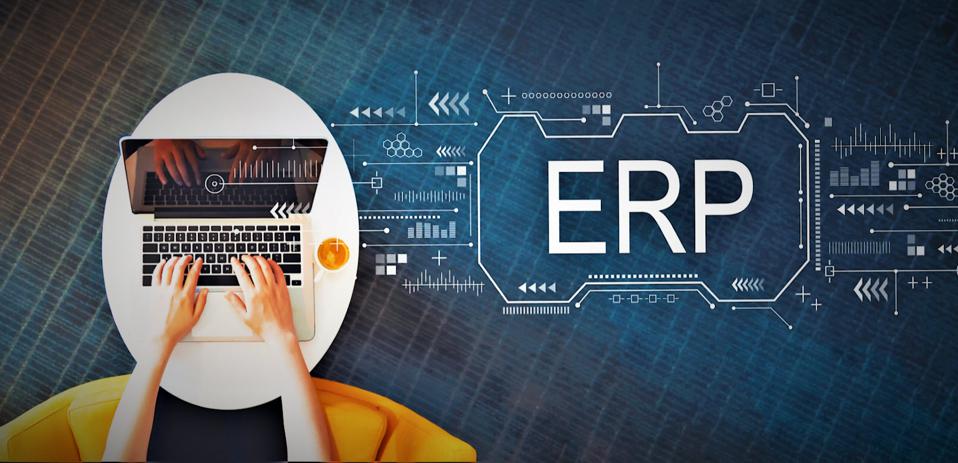General
From Traditional to Tech-Savvy: The Journey of Schools with ERP Integration

Introduction:
In the age of digital transformation, educational institutions have undergone a significant evolution in the way they manage administrative operations. A crucial milestone in this journey has been the integration of School ERP (Enterprise Resource Planning) systems. These comprehensive software solutions have enabled schools to transition from traditional, paper-based processes to become tech-savvy, efficient, and responsive to the demands of the modern educational landscape. In this article, we will explore the transformative journey of schools as they embrace ERP integration.
The Traditional Approach:
Historically, schools relied heavily on manual, paper-based administrative processes. Attendance records were maintained in physical registers, fee collections involved lengthy queues and manual receipt generation, and communication with parents was primarily through notices and circulars. Timetable scheduling, student data management, and report generation were all labor-intensive tasks that consumed valuable time and resources.
The Shift Towards ERP Integration:
Recognizing the need for efficiency, accuracy, and improved communication, schools embarked on a journey of ERP integration. Here’s how this transformation unfolded:
- Understanding the Need:
The first step in the journey was acknowledging the limitations of traditional methods. Schools realized that manual processes were prone to errors, lacked real-time data access, and hindered effective communication with stakeholders. - Selection of ERP Solution:
Schools carefully evaluated and selected ERP solutions tailored to their specific needs. The choice of ERP system depended on factors like scalability, customization options, security features, and integration capabilities. - Data Migration:
Transitioning from paper-based records to digital systems required meticulous data migration. Schools ensured that existing data, such as student records and financial transactions, were accurately transferred to the ERP system. - Training and Adoption:
Schools invested in comprehensive training programs for staff members and users. Educators, administrative personnel, and parents underwent training to familiarize themselves with the new system and its features.
The Benefits of ERP Integration:
As schools embraced ERP integration, they began to experience a multitude of benefits:
- Streamlined Administrative Tasks:
ERP systems streamlined administrative processes, such as attendance tracking, fee collection, and timetable management. These tasks became more efficient, reducing the workload on staff members. - Real-time Data Access:
ERP systems provided real-time access to critical data. Educators could monitor attendance instantly, parents could track fee payments online, and administrators had access to up-to-date reports. - Enhanced Communication:
Schools improved communication with parents through the integration of messaging features and email notifications. This enabled quick dissemination of information and updates. - Customization and Scalability:
ERP systems allowed schools to customize the software to meet their unique needs. Additionally, as schools grew, the ERP systems could scale with them, ensuring continued efficiency. - Data Security:
ERP systems prioritized data security, implementing robust measures to protect sensitive information from unauthorized access or breaches.
The Tech-Savvy Present:
Today, schools that have successfully integrated ERP systems are operating in a tech-savvy environment. They have embraced digital tools for administrative tasks, paving the way for a more efficient and responsive educational ecosystem.
Conclusion:
The journey of schools from traditional, paper-based processes to tech-savvy institutions through ERP integration is a testament to the transformative power of technology in education. The benefits of streamlined administrative tasks, real-time data access, enhanced communication, customization, scalability, and data security have reshaped the way schools operate.
As the educational landscape continues to evolve, the adoption of ERP for schools system remains a critical step for schools looking to stay competitive, efficient, and responsive to the needs of students, educators, parents, and administrators. The journey from traditional to tech-savvy has not only improved administrative operations but has also created a more conducive environment for teaching and learning.




















